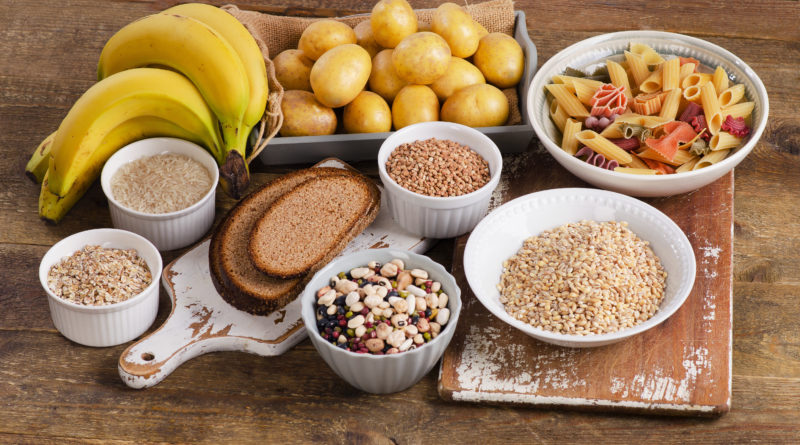All About Carbs: The Good and the Bad
1,250 total views, 1 views today
Carbohydrates — commonly known as “carbs” — are a neverending source of debate in health and nutrition communities. If you’re looking to lose weight, many sources will advise you to reduce your carb intake. This mindset, though, contradicts the food pyramid, which positions grains — a food group heavy in carbs — as the food group of which people should eat the most.
That’s because both healthy and unhealthy carbs exist in droves. So how can you know which carbs, and how much of them, to eat? These four tips will tell you all about carbs and everything good and bad about them, so you’ll be fully empowered to make informed decisions about your diet.
1. Carbohydrates are not inherently bad for you
Pretty much everyone has heard someone say, “I’m quitting carbs.” The notion of a zero-carb diet is ill-founded — carbs wouldn’t be seen as a major food group if they didn’t have extreme importance for bodily functions.
The many healthy carbs common in healthy foods comprise a major source of energy for your body. They’re also linked with cognitive function, gut health, and boosted vitamin and mineral delivery. And cutting carbs means lessening your intake of fiber, a vital food group that helps you digest and feel full.
2. There are carbs that are bad for you
Carbs can be broken down into two groups: simple carbs and complex carbs. Simple carbs are those found in desserts, snacks, and refined grains, including cookies, chips, and white bread, rice, and pasta. When these foods are processed, their outside grain is removed, which strips all the fiber, and even some protein, from the food.
In this reduced state, carbs trigger rapid spikes in your glucose levels, which can make you feel hungry sooner. Rapid glucose spikes in turn trigger insulin spikes, which stimulate your body’s conversion of glucose to glycogen, a major source of energy for bodily functions (and the reason carbs are seen as an energy-creating food group). Excess glycogen, which builds up easily from lack of exercise and sedentary lifestyles, then converts to fat, leading to weight gain.
3. Many meals are full of healthy carbs
Although unhealthy carbs are found in the sorts of snacks and desserts irresistible to those with a sweet tooth, the average meal contains more than enough healthy carbs. Grains including quinoa and whole wheat bread, starchy vegetables including potatoes, corn, and peas, and almost all fruits are packed with healthy carbohydrates, not to mention other healthy nutrients. A side portion of such foods with a main dish comprised of lean meats and non-starchy vegetables is a great way to ensure proper carb intake.
4. You should eat more carbs than any other food group
Although it’s important to choose healthy grains, vegetables, and fruits over desserts, snacks, and refined grains when it comes to carbs, you likely don’t need to alter your meals all that much to achieve a proper balance of carbs to proteins and healthy fats. Nutritionists advise that 40 to 45 percent of your diet be carbs, 30 to 35 percent be healthy fats, and proteins be the remaining amount, 20 to 30 percent.
What are your favorite healthy carbs? Sound off in the comments!

